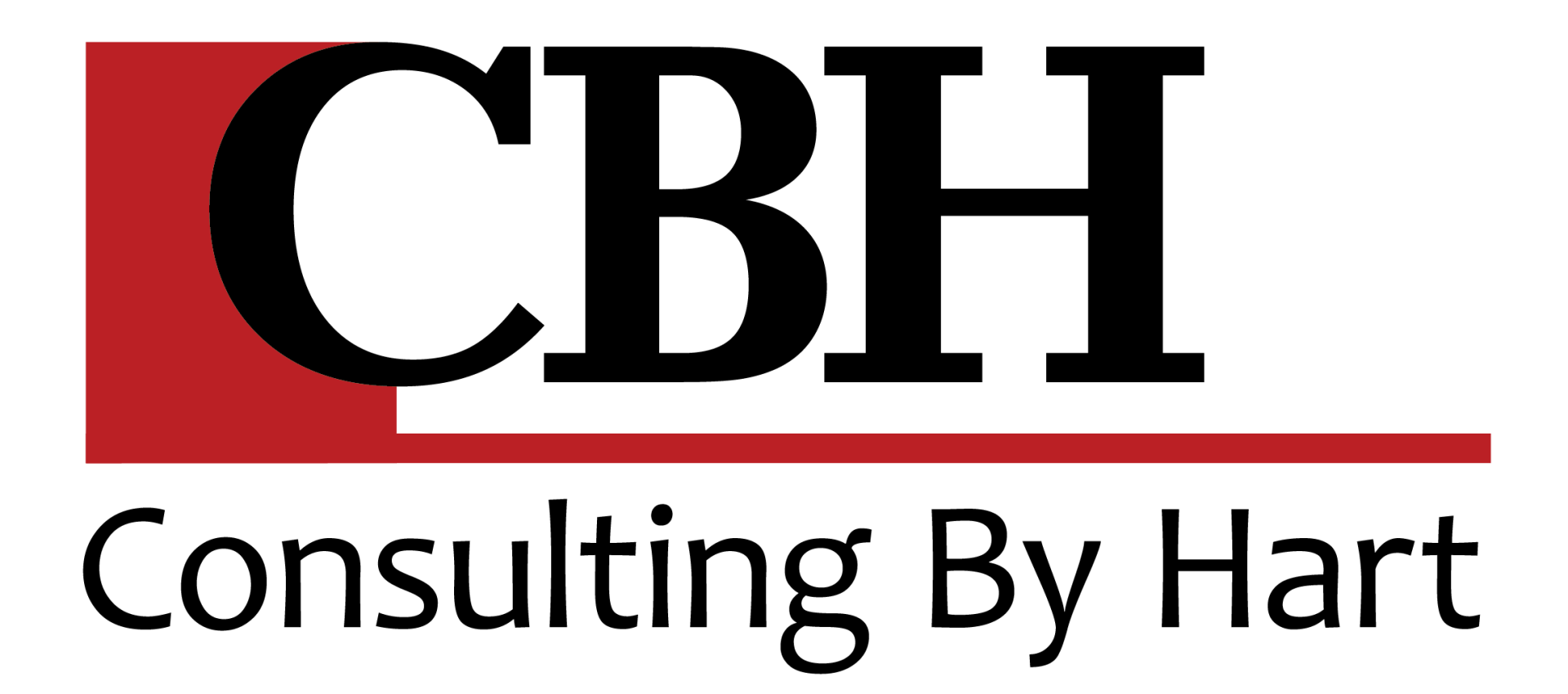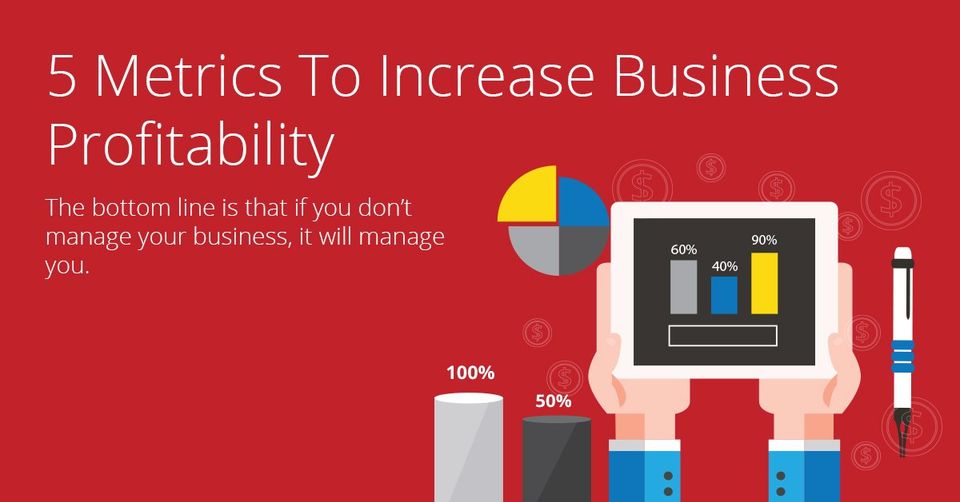5 Metrics To Increase Profitability
Measure only what you monitor, and monitor what you measure.
Are your sales targets being met or exceeded?
Are wages in line?
Is labour burden on budget?
Materials costs being properly charged out?
Is overhead being recovered?
These are all important management questions. And really important ones to have the answers for NOW, not when the snow flies and it’s too late to adjust your pricing and work flow accordingly.
As ominous as it may seem, setting aside a couple of days to review and strategize is crucial to ensuring a solid finish to the year with as much money as possible in the bank.
The bottom line is that if you don’t manage your business, it will manage you. If you’re aiming at nothing, you will hit it with huge accuracy! One of the main reasons that so many small businesses fail, is the owners simply don’t know how or what to measure, or when. It’s really not that hard, and I’m here to help demystify it for you.
Here is 5 top metrics tips to get you started:
1. Monitoring Wages as a Percent of Sales
This can give you a quick at a glance pulse of how much more or less productive your staff are compared to a previous year or period of time. This includes staff who work with your customers and who are delivering your services to them. It includes the wages, labour burden, down time, etc. The total 'front line' staff costs. Simply divide this total by your sales for the same period. Compare it to last year. (Hint office staff and owner or non-billable managers aren’t included.)
2. Sales Targets
If you haven’t set targets by month and year(or by week) how will you know if you’re having a strong year let alone the potential a for profitable year? It’s crucial to know if you have enough sales to pay all of your bills and have profit left over. If you didn’t set a sales budget, you could start by comparing your sales to the same period last year, service division by service division.
3. Recovering Labour Burden
This is one area where most companies lose opportunity for profit. It can really sneak up on you. This metric includes how much time in a day you pay various staff for tasks, travel time and breaks, materials or inventory handling etc: wage costs for which you can’t bill your customers. Every time I sit and calculate this with business owners, they’re shocked. Add up the minutes of paid 'down time', convert to a decimal in hours and divide into total average daily hours. This percentage should be added to your wage and labour burden costs to get a true cost of labour. From there, you’ll add overhead recovery and profit to arrive at your charge out rate.
4. Materials Pricing
How do you handle it when you give a customer a price and before completing the sale you have to source products from somewhere else more expensive? Do you know what type of products you sell (and possibly install) make you more profit than others? Start paying attention to this… it will pay off at year end.
5. Recovering Expenses
Also referred to as overhead recovery. This metric is about knowing what expenses your business has that will be fairly consistent for the year: rent, heat, hydro, phones, office staff, insurance, owner salary, management salaries, etc. Smaller companies often lump equipment, trucks etc in to this cost also (referred to as single overhead recovery). The total of these expenses have to be included in your costs markup somewhere, to ensure that your business recovers costs in every price you set for your products or services.
Other Articles That May Interest You:





